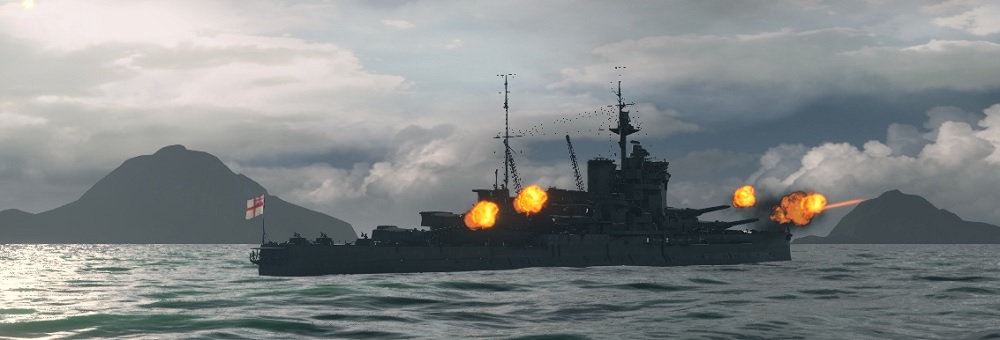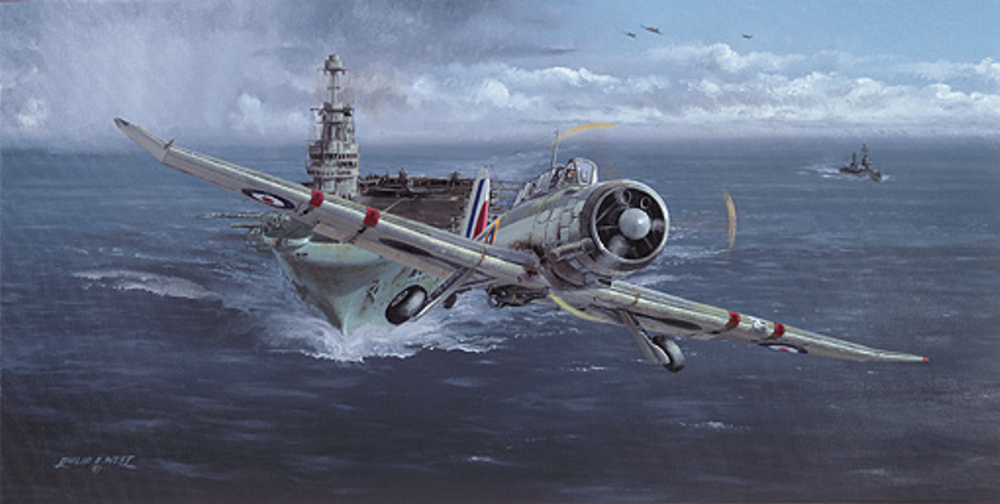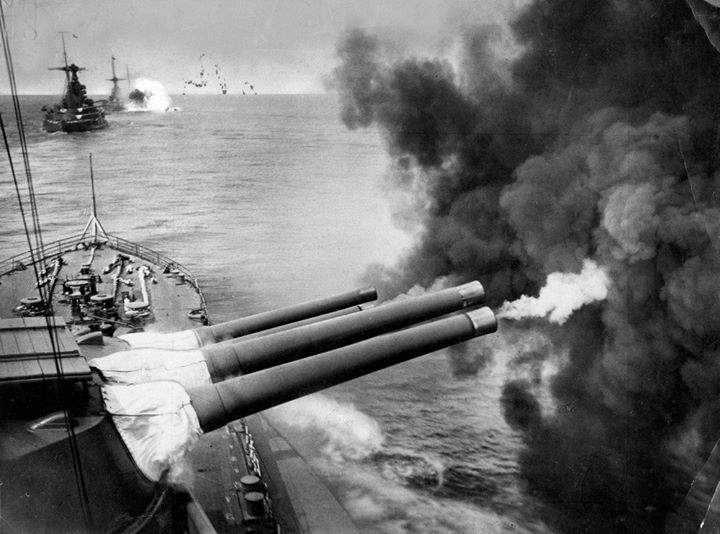Battle for
the Falkand Islands
Return to Sea Battles page
Synopsis: The combined German and Argentinian Fleet try to force
reinforcements through to the Falkand Islands (Las Malvinas). The Allied Fleet
Intercepts.
Allied Forces:
Scouting Fleet:
CV's - BNS Santa
Catarina, HMSAS
Kwazulu,
HMS
Golden
Hind, RZS
Eriador
BC's - HMSAS
Sud Afrika
(Flagship),
CNS Coquimbo, HMSAS
Transvaal,
RZS Gondor,
HMS
Renown, BNS
Riachuello, BNS
Espirito Santo,
Cruisers - BNS Tocantins,
HMSAS Angola,
HMSAS
Kimberly, RZS
Khand, RZS
Minas
Tirith, RZS
Caradhras
With 8 destroyers.
Battlefleet - (based at the Falkands to protect the beach head.)
CV's: - HMSAS Eagle,
HMAS Van Diemen
BB's: - BNS Pernambuco
(Flagship), HMSAS
Gauteng, HMAS
Queen Victoria,
HMAS Queen Anne
Cruisers - BNS Roraima
(x2). HMAS Hobart, HMAS
Adelaide, HMAS
Napier, HMAS
Townsville, HMSAS
Congo,
HMSAS Lydenberg
With 10 destroyers.
Germanic States Forces:
KM Kaiserin, KM
Kaiser
Argentine Forces: I do have a problem with the Argentine forces. I have been
through and redrawn all of the German early dreadnoughts which is going to
impact on the Argentine forces. It will not change the outcome, four much bigger
aircraft carriers will defeat the Argentine three. After that is just the
mopping up.
CV's: - ARA
25
de Mayo, ARA
Neuve de Julio, ARA
Veintisiete
Noviembre.
BB's & BC's: -
Cruisers -
Destroyers: -
What happened:
(Scenario One RTL)
The messages go round the World, Germany has invaded Poland. France and Britain
declare war on Germany in support of Poland. Moral support only. Neither France
or Britain has a chance of giving direct aid. Only France has a border with
Germany from which an attack on Germany could be launched to relieve Poland by
diverting German forces to contain an attack. No attack is made, the French and
British Armies are unready to launch any sort of attack.
(Scenario Two Solarium)
A naval action between Argentina and Chile spark high tensions between the South
American countries. Chile executes the Argentine 'Pirates' - Argentina declares
war on Chile.
(See Battle of the
Straits of Magellan)
Both of these events happen almost simultaneously.
(See the Sea Battles time line.)
At sea however it is a different story. Germany has four Raiders at sea that are
catching and sinking Allied merchantmen by the dozen. A trend that cannot be
allowed to continue. To make matters worse, the powerful Argentinian Armed
forces declare war on the Axis side. They announce their involvement as their
forces are landing on and taking the Falkand Islands. Fighting on different
fronts is never good.
The Zealandian and Australis forces are tasked with clearing the Indian Ocean of
any Raiders that might be there then go on to join the South African Task Force
to clear the South Atlantic and retake the Falkands. A large set of tasks.
Australis provides two hunting groups with one carrier for each group with two
battleships per group. But neither group was faster than 25 knots. Zealandia
sent the Eriador group with the Gondor and two Numenor class battlecruisers
capable of 28+ knots.
The Australis main group was tasked with escorting the troop convoys from Perth
to the Red Sea/Suez. The four AZAC Infantry Divisions and two armoured brigades
were essential to the defence of the Middle East. This allowed the British
troops to be transferred to the French mainland through Marseilles, and from
there to the main front. The other two groups would search for the German
Raider.
The Suez group makes two trips from Perth to Suez and back to transfer the
troops. This transfer has cleared the central Indian Ocean while the other two
groups searched the Indian Ocean, north and south of that line. The Eriador
Group took the North and flew sorties looking for the raider.
The German Raider, Kaiserin, had started the war in the Indian Ocean and had
been criss-crossing the shipping lanes looking for merchant ships to sink. In
the period September - October 1939 the Kaiserin had caught and sunk or captured
10 merchantmen of just over 90,000 tons. By the end of October the sealanes had
emptied as Allied countermeasures came into force. The Kaiserin was operating
around the Madagascar region when the order was received for the ship to join
the Kaiser in the South Atlantic and act with the Argentinian Navy. The Southern
Australis Group missed the Kaiserin by just hours.
Another week goes by before the Allies are informed by agents in the Argentine
that two German ships have arrived to bolster the Argentine forces. The two
groups, North and South, are ordered to Join the South African Squadron at
Simonstown. Recapturing the Falkands was next.
The base at Simonstown was bulging. With two groups, 1/. The Battlegroup with
two CV's, 4 BB's, 2/. Fast Reaction Force with four CV's and six BC's, lots of
cruisers and destroyers split between the two, a Brazilian force joins the fleet
at sea. To retake the Falkands, two liners and two Area Defence Vessels carried
the troops and landing craft to get the troops ashore. Once ashore, the
Argentinians wuld have two options, 'Surrender or Die'.
The Battlegroup has the Landing force with it while the Scouting Fleet is four
hours in advance, clearing the way. It is thought that the Argentinians would
have been able to base some squadrons of aircraft on the landing strip on the
Falkands but these would be overwhelmed by the aircraft aboard the four Attack
Carriers. The advance of the fleets is timed to arrive on station off the
landing beaches as close to dawn as possible. This will give the forces as much
cover of darkness as possible.
In the end the Argentinian morning patrols were taking off at the break of dawn,
just as the advanced fighter force arrived and shot everything out of the sky
and straffed the aircraft on the ground. Then the bombers arrived. By the time
the bombers had finished, the airfield would play no further part in the
following actions.
With no further air intervention anticipated, the heavy warships launched
spotter planes to assist with the gunnery on shore bombardment duty. There would
be three hours of bombardments before the landings would go ahead. The
overwhelming air supperiority allowed the Allied force to have a combat air
patrol of fighters and bombers to interdict any attempt to reinforce the
Argentinian front lines. The Argentinian forces were in trouble.
On receipt of the news that an Allied force was attacking the Falkands the Mixed
Argentinian and German Fleet sailed with reinforcements for the Las Malvinas
front.
The Battlefleet was left on guard duty with its two carriers (HMSAS Eagle and
HMAS Van Diemen) and four battleships (Gauteng, Queen Victoria, Queen Anne, &
Pernambuco) while the Scouting (Strike) Force went after the Argentine Fleet.
One of the Queen class
battleships on fire support duties off the beach head.

The Argentine forces were also split in two. One force had a carrier, the slower
older battleships and the reinforcements on the troopers and merchantmen. The
second force had the two modern carriers and modern fast battleships. Cruisers
and destroyers supported each group.
Admiral Charnwood on board the battlecruiser Sud Afrika had overall command,
while other admirals and commodores aboard the other countries vessels waited in
descending seniority to take over if the Battle commander was incapacitated.
Both sides were flying search aircraft, trying to find the other forces ships.
Contact. One of the Allies Skua reconaisance aircraft spots the Argentine relief
battlefleet, but reports only one aircraft carrier before the Argentine He-112
fighters come up and chase the Skua off. The other two Argentine carriers are
still missing. Admiral Charnwood now has a dilemna, does he attack the force
they have located or wait till the othe half of the Argentine fleet is located.
The decision is made to attack what they can see. Two thids of the strike
aircraft and half the fighters are flown off to attack the Argentine Battlefleet,
more reco aircraft are sent off to locate the other Argentine carriers.
Launching the Skuas

The air strike on the Argentine goes as planned with the carrier (25 de Mayo)
taking two torpedo hits and two bomb hits from the dive bombers. This was too
much for the 25 de Mayo which slowly rolled over and capsized. The other target
was the merchantmen and any other capital ship. Three of the four merchantmen
received damage, two sank and the other damaged unit turned back. Two
battleships and a cruiser received torpedo hits and were forced to withdraw back
toward the nearest Argentine base. The remaining ships went on.
Unknown to the Strike Fleet, they had been spotted by an Argentine spotter
aircraft. An attack force of JU-87 dive bombers and torpedo bombers covered by
the He112 fighters arrived as the Allied aircraft attack force returned from its
attack. The Allied airborne fighter (although low on fuel) and CAP attacked at
once, knowing that if the Argentine aircraft got through they might not have
anywhere left to return to. A furious air battle took place with the Allied
carriers trying to launch fighters and avoid torpedoes and bombs at the same
time. Not everything worked and the South African carrier Kwazulu took two bomb
hits, one on the flight deck aft, and one through the side of the empty upper
hangar. Neither caused any critical damage, the Kwazulu would live to fight
another day. It was the Skuas that made the difference, the Allied and Axis
fighters were a match for each other, but the Skuas far outshone the Ju87's. By
the end of the battle the Argentine strike force had gone from 70 odd aircraft
to just a dozen left all fleeing at low level and trying to avoid the angry
Allied fighters. Those Allied aircraft that could, landed back on the carriers,
those that ran out of fuel just had to ditch alongside a ships boat (half a
dozen had been launched for this purpose) which picked up the crew.
The three remaining effective carriers still had a third of their strike
aircraft aboard, ready to go after the other Argentine carriers. The fighters
that had been harrying the remaining aircraft from the Argentine attack, spotted
the two Argentine carriers and radioed back their position. Admiral Charnwood
ordered the strike to be set up and launched.
By the time the Allied strike force arrived, the remaining Argentine aircraft
had been struck down to be refuelled and rearmed for another strike at the
Allied carriers. As far as the Argentinians knew the aircraft they had seen
coming back was the whole of the Allied strike force and it would be a race as
to who could get their strike in the air and on to the target. The Allies won
that one hands down having close to 90 aircraft ready to go.
The Allied strike arrived with only half a dozen Argentine aircraft up as CAP.
Those got overwhelmed by the Allied fighter cover. In went the Sea Battles at
wavetop, down came the Skuas in near vertical dives. The two Argentine carriers
took torpedo hits and bomb hits and literally exploded as the fuel and armaments
being loaded onto the aircraft went up in sympathetic explosions along the
length of the ships. With the carriers gone and still half the ordanance still
to go, the strike aircraft took on the Argentine and Germanic States battleships
and battlecruisers. The GS Kaiser took bomb damage, the Kaiserin was undamaged.
The Argentine ships did not fair so well with two of the Santa Cruz class taking
torpedo and bomb hits that proved fatal. Both ships sinking. The other four
capital ships taking various levels of damage. The remaining ships closed ranks,
turned one-eighty degrees and went for home at best speed. The German Kommodor
aboard the Kaiser ordered his two ships away from the Argentine ships. He was
well aware of what was likely to happen next.
With plenty of daylight left, Admiral Charnwood ordered the remains of the first
strike on the battlefleet to be rearmed and refuelled for another strike at the
remaining three undamaged Argentine battlecruisers. Cause enough damage to slow
them down enough to allow the Allied battleships and battlecruisers to catch up
and destroy them.
With perfect timing the Allied strike went in and despite heavy AA fire from the
Argentine forces the three remaining ships took both torpedo hits and bomb hits
while the previously damaged ships took even more damage.
Back to the Argentine Battlefleet and Reinforcements that was still proceding
towards the Falkand Islands. The Allied Battlefleet was still at the Falkands
with its two carriers providing fire support to the troops that had been landed.
Leaving two cruisers behind the Battlefleet went after the Argentine fleet. The
two carriers launched strikes against the remaining troop transport craft (one
merchantmen and three converted warships) and once they were damaged and in
trouble, the remaining Argentine battleships were targeted.
Both Argentine fleets had no air reconnaisance left. It had been shot out of the
air. The Allied fleets knew to the inch where the Argentine ships were.
The Allied battlefleet got to their targets first with the two 15" gunned Queen
class making the difference, chewing chunks out of the Argentine battleships
which had already been badly damaged by the air attacks. In less than an hour
the remains of the Argentine cruisers and destroyers were a smudge of smoke on
the horizon while the funeral pyres of a dozen Argentine ships swirled into the
air. Picking up the survivors was all that was left.
Using the Argentine battleships
for target practice. HMAS Queen Anne fires her aft guns.

Battle of Tristan da Cunha
Having noted the absence of the Germanic States ships from the Argentine Fleet,
spotter aircraft were sent to look for them while a strike force was being
arraigned on the Allied carriers. The spotters had a hard time locating the pair
as they were using the heavy weather to the north to keep themselves from sight.
It would be touch and go if the strike sent after them would get there before
dark. In the end they got there with minutes to spare and went straight into the
attack. Setting the two Germanic States ships against the setting sun made them
both glorious highlighted targets. Both GS ships were handled well and avoided
all but two of the torpedoes fired at them. Both ships took one torpedo each.
Neither was a critical hit but both ships slowed as the propulsion system was
shaken up by the explosions. The dive bombers scored hits as well but none of
those hits pierced the armoured deck to hit anything critical, small fires
easily controlled only. Their days were numbered.
Back to the Allied Strike Force and its battleships and battlecruisers. The
fleet was now overtaking the Argentine ships with plenty of speed in hand.
Contact however would not be made with the badly damaged and crippled Argentine
ships till after dark. This would give some advantage back to the Argentinians
so Admiral Charnwood slowed the fleets advance so that contact would be made
after dawn. Two light cruisers with the latest marks of search radar were sent
forward to monitor the Argentines movements in case they tried a death or glory
night attack. Without information and inteligence to where the Allied ships
were, the Argentine Admiral did not contemplate throwing ships away.
The dawn broke clear and cold with visibility and old time 'gun' Admiral would
die for. Admiral Charnwood was one such admiral and sitting in his command chair
on board the Sud Afrika, his first order of the day was the resounding "form
line of battle". The spotters were up to help with fall of shot and a few
fighters were buzzing around the Argentine ships in case they tried to launch
spotters. The Allied fleet could choose where and how the action would take
place, they had the speed advantage. The Argentine ships were not in good
condition with main and secondary guns obviously out of order up and down the
line. While all Argentine eyes were focused on the Allied ships, an Allied
strike force hit the Argentine line from the disengaged side. Cruisers,
destroyers and battleships all took damage from torpedoes and bombs. While
confusion reigned aboard the Argentine ships the Allied battle line opened fire.
Armeed with 12" to 15" guns, the bigger shells from the Renown and Gondor took
huge toll on the lighter armoured Argentine ships. With only one effective Santa
Cruz class ship left, the Argentine Admiral ordered the ships away with the
remaining cruisers and destroyers. The Argentine ships did not surrender and
went down with any guns they had still firing. Only a few shells had hit the
Allied ships but one that hit the Sud Afrika wounded or killed all on the
bridge. Admiral Charnwood was one of those killed. He received a posthumous
Victoria Cross for his exemplary handling of the actions that became the Battle
of the Falkands.
The Argentine forces on the Falkands surrender 48
hours after the defeat of the Argentine fleet.
Very few of the Argentine fleet returned to harbour. The losses to the fleet had
been horrendous. With the Brazilians massing on the Northern borders, Argentinas
involvement in the War would be fairly short. By the end of January both
Argentina and Uruguay had surrendered to the Allied forces.
Return to Sea Battles page


